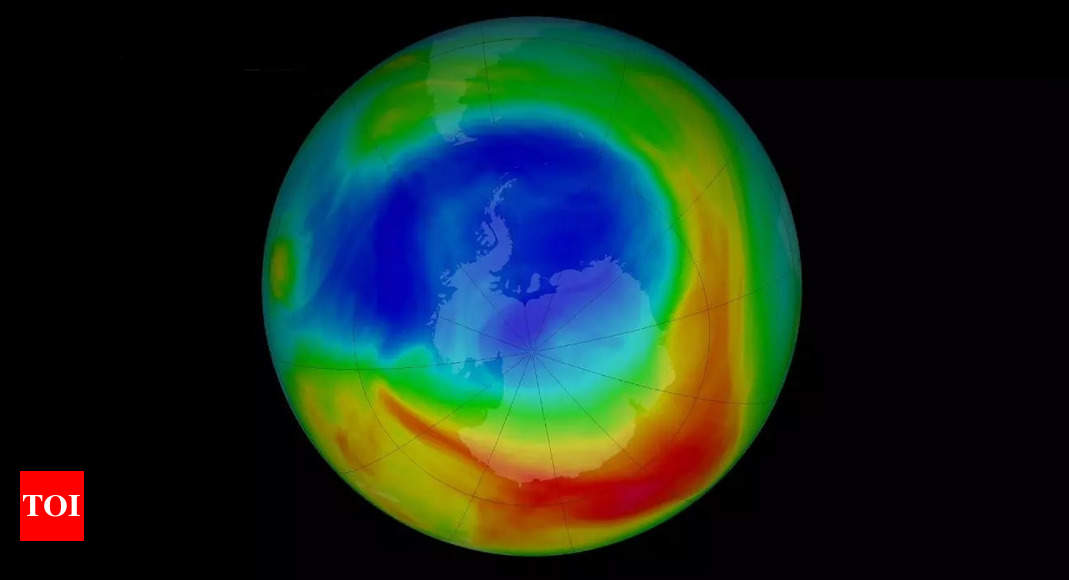
NEW DELHI: An analysis by the Centre for Science and Environment says that in summer this year, the ground-level ozone in the air increased in 10 metropolitan areas of India, with Delhi being the most affected. So far, Delhi-NCR has recorded 176 days of exceedance during the study period, followed by Mumbai and Pune with 138 days.
CSE said ground-level ozone usually exceeds the safety standard on all days of summer in some locations in Delhi-NCR every year.This year the number of stations exceeding the standard across core NCR has been 17.6, the highest in the last five years. On average, only 9.4 stations exceeded the standard daily in the previous summers. It was 14.6 stations in the 2020 summer.
The report also said ground-level ozone should ideally be negligible in the night air, but all 10 metropolitan areas saw a rare phenomenon of elevated ozone level after sunset. The study considered ozone in excess when the hourly concentration exceeded 100 micrograms per cubic metre between 10pm and 2am at any station. Mumbai-MMR reported the most instances of night-time ground-level ozone with 171 nights of exceedance, followed by Delhi-NCR (161) and Pune (131).
Ground-level ozone, a highly reactive gas, has serious health consequences. “Those with respiratory conditions, asthma and chronic obstructive pulmonary disease, children with premature lungs and older adults can face serious risks. The gas can inflame and damage airways, make lungs susceptible to infection, aggravate asthma, emphysema and chronic bronchitis and increase the frequency of asthma attacks,” said Anumita Roychowdhury, executive director, research and advocacy, CSE.
Not only has the spatial spread in Delhi-NCR increased this year, but also the duration. This summer, at the stations which reported exceedance, the high levels lasted on average 13.9 hours, the highest since the pandemic summer of 2020.
Even upscale and green neighbourhoods were affected, including Dr Karni Singh Shooting Range and Lodhi Colony. “This is consistent with the science that ozone drifts and gathers in areas where a comparatively lower amount of gaseous pollutants are present. Thus, relatively cleaner areas, including urban peripheries, can have comparatively higher ozone concentrations,” explained Roychowdhury.
Avikal Somvanshi, programme manager, Urban Lab, CSE, who led the study, said, “Even though ground-level ozone exceedance is assumed to be at its worst during summer months, data from the 10 metropolitan areas analysed in our study shows that it is a year-long problem.”
The 2020 State of Global Air report states that age-standardised rates of death attributable to ground-level ozone are among the highest in India. The seasonal eight-hour daily maximum concentrations recorded among the highest increases — around 17% — in India between 2010 and 2017.
CSE suggested that the country should develop a robust public information and dissemination system to alert the public wherever ozone build-up takes place.




